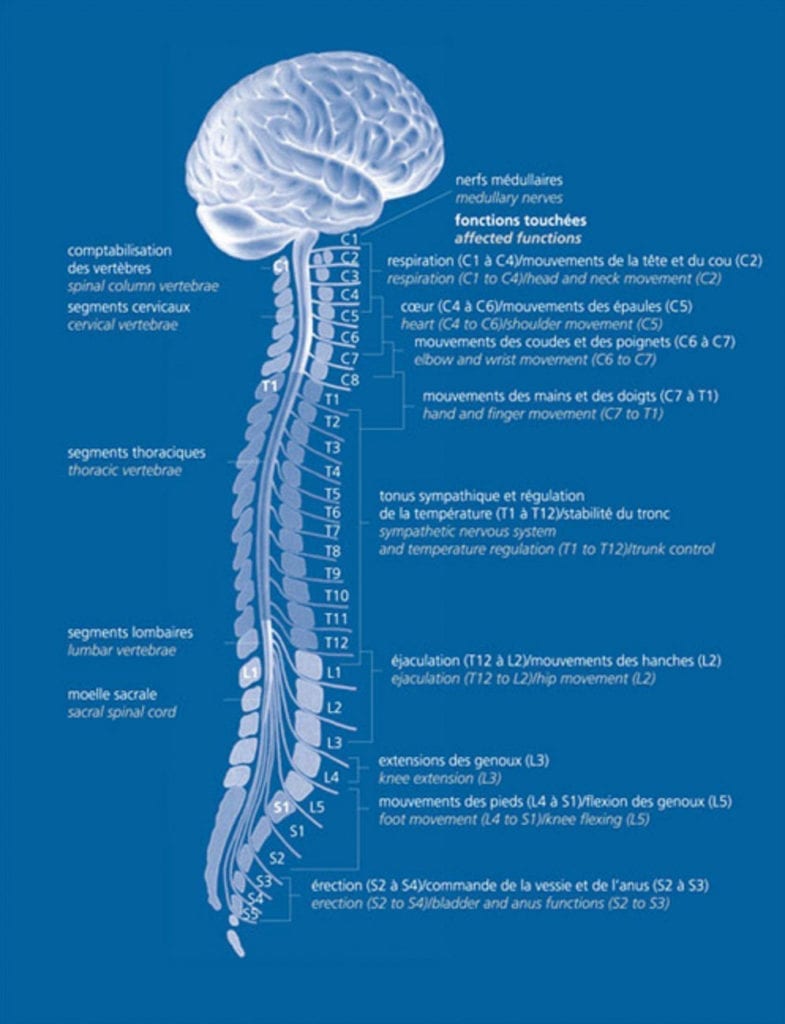Paraplegia and tetraplegia
Causes of paraplegia and tetraplegia
When injuries occur, severed or compressed nerves change their shape, taking the form of growth cones. A self-healing process commences, at least at the beginning, but the proteins in the myelin sheath and glial scars stop the growth of nerve fibers (axons). They hinder the repair of severed nerve fibers, and result in various degrees of paralysis and loss of feeling. Paraplegia is the term used when the legs or trunk of the body are affected, and tetraplegia for cases where the arms, hands and in even more serious cases breathing are also affected.
Walk again? Yes, but that’s not all...
While the chances of full motor recovery are improving year after year, other significant progress is equally invaluable thanks to research and is delivering practical responses to meet patients’ immediate needs; pain alleviation, improved control of sexual and urinary functions, reduced dependence on those around them and significantly improved living conditions.
IRP thus sets out to fund research projects that deliver conclusive results in all fields and makes a point of supporting translational research which enables laboratory results (fundamental research) to be converted into clinical trials.

Diagram of the spinal cord and functions, legend : Functions affected by spinal cord injuries.
Soutenez l'IRP
Nous avons besoin de votre soutien pour que les progrès des chercheurs deviennent la réalité des patients.
